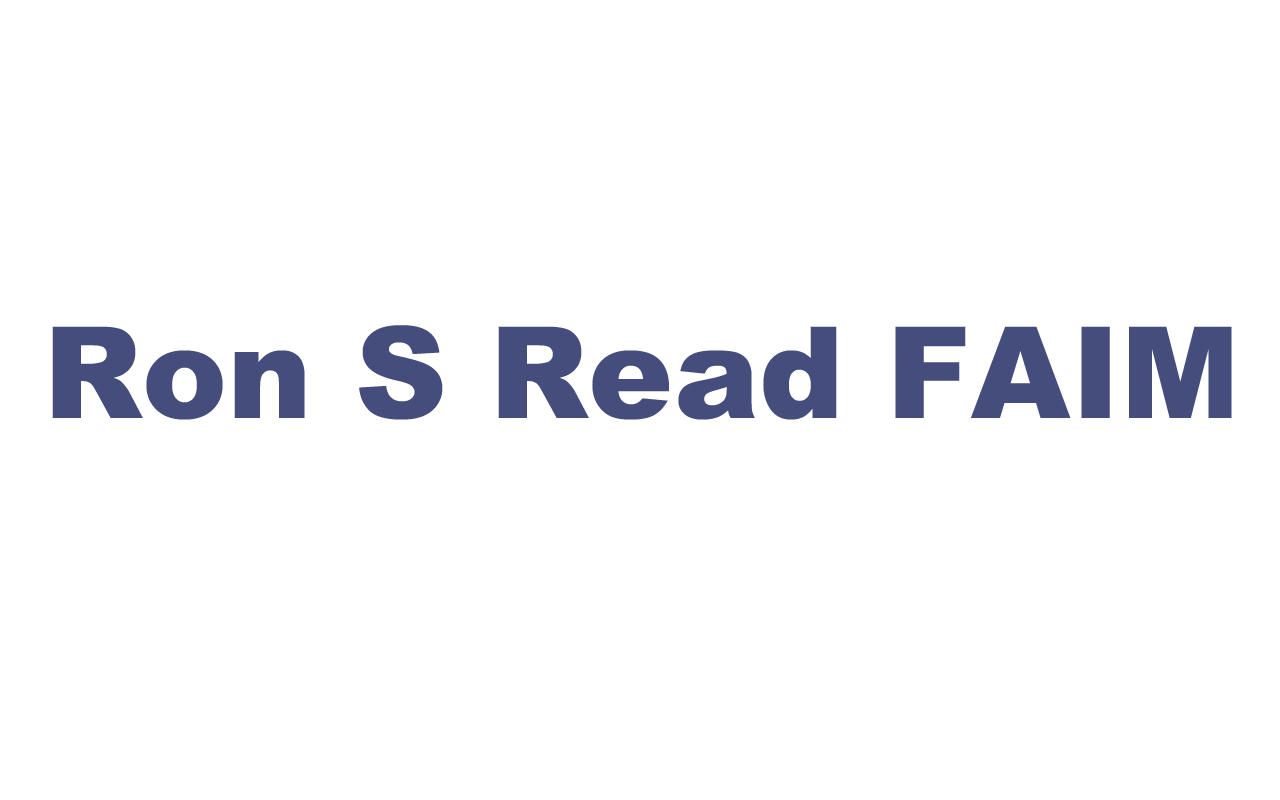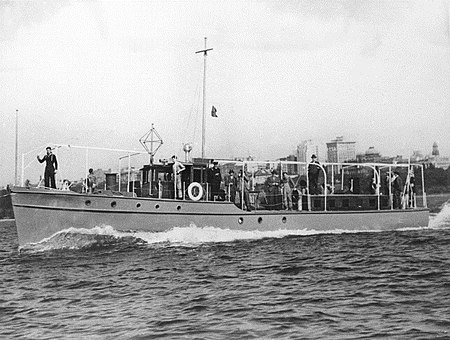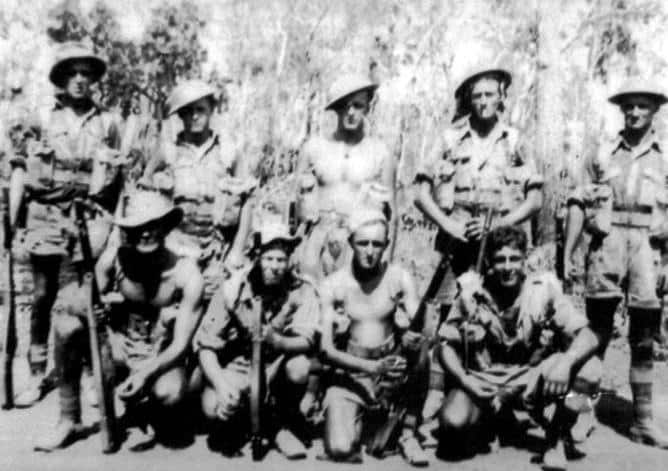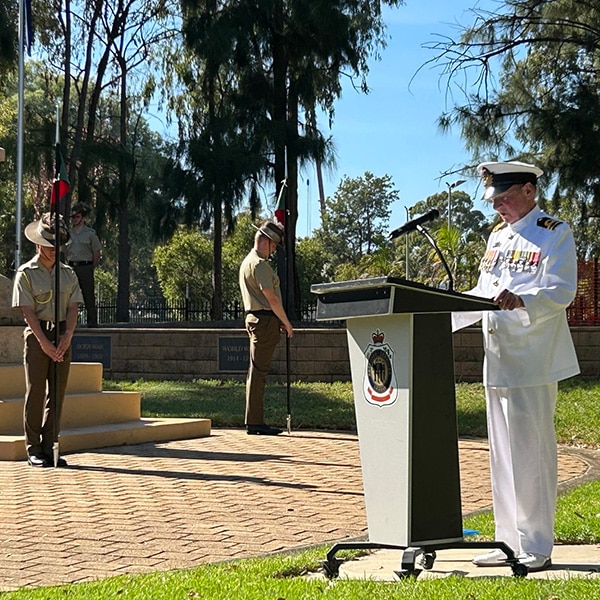Eighty-two (82) years ago on this day – December 7, 1941 – the War across Western / Eastern Europe, North Africa, and throughout the Mediterranean became a global conflict that lasted until September 1945.
This, the Second World War resulted in over 75 million people either killed, wounded, taken prisoner or displaced.
Never in recorded history has a conflict impacted so many!
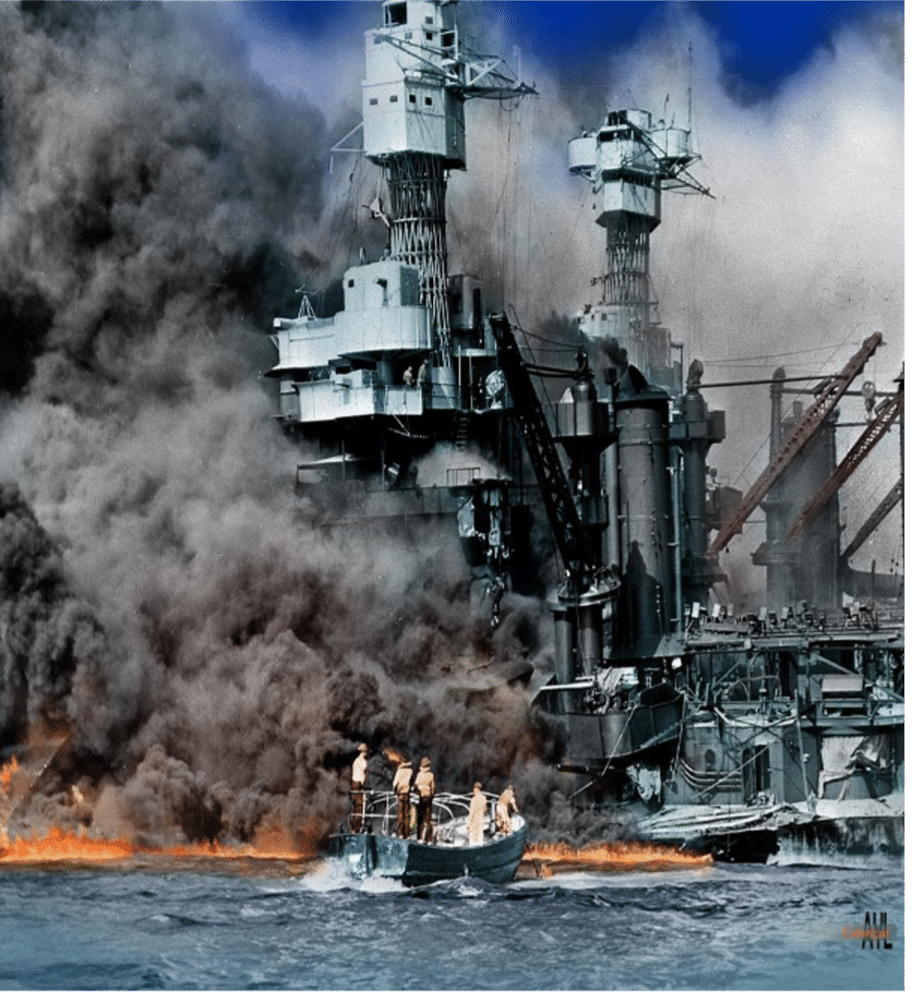
When Imperial Japan Attacked Pearl Harbor located a few miles to the west of the capital city of the Hawaiin Island Group – Honolulu – on the island of Oahu, the United States immediately entered the war. The conflicts across both western and eastern Europe, extending into North Africa and in the Mediterranean Sea had now become a global conflict and more was to come as Imperial Japan further extended its Empire expansion across S E Asia and into the Pacific.
Picture: Pearl Harbor attacked
But, the Second World War in reality began long before Germany invaded Poland in 1939 and the attack on Pearl Harbor.
It can be argued that it began in the early 1930’s where Japan was attacking Russia on three fronts – the Lluaiodong peninsula, Mukden and in the Sea of Japan. This as you may know – developed into an ongoing conflict lasting many years.
In 1932, Japan had successfully attacked and occupied Manchuria and shortly thereafter, installed a military-led government. They then set about targeting the rest of China with the objective of occupying and governing it.
In 1937, Germany, Italy and Imperial Japan agreed to establish an alliance known as the Tri-Axis Alliance – which when all parties signed on in 1940 became known as the Tripartite Pact.
Their mission or objective was territorial expansion by way of coup d`etat, and by so doing they would not only control much of the East and the West, they would now have access to much of the world’s natural resources.
Germany and Italy would control the West, and Imperial Japan would control the East and the Pacific.
But Great Britain and its Dominions – including Australia – the United States and the Soviet Union opposed this, and so they too entered into an Alliance. By 1937, the intensity of the Chinese resistance was drawing Japan into a very draining war throughout the vast reaches of China, and by 1940, the same was applying to Japan’s military operations across French Indo-China.
French Indo-China today is Cambodia, Laos and Vietnam.
During this time, Japan was ruled by the military and its senior figure was General Hideko Tojo – who also served as Prime Minister.
Now – it is important to note that by late 1941, the Japanese NAVY’S oil reserves were down to about six months’ supply!
Thus, when Admiral Yamamoto – Fleet Admiral of the Imperial Japanese Navy pressed for a southern strategy by way of attacking the Dutch East-Indies to secure their oil, and British Malaya for control of their vast rubber and tin supplies, the Japanese Government led by General Tojo readily agreed.
Subsequently, when the United States requested and later demanded that Japan END its war with China and French Indo-China – and they refused, President Roosevelt placed an oil and steel embargo on Japan.
Angered by this decision, the Japanese government had little choice but to react, and react they did, devising a plan for an attack on Pearl Harbor where the United States NAVY’s Pacific Fleet was based.
They would seek to DESTROY – or at least render the US Pacific Fleet inoperable – long enough so they could further and without impediment, consolidate their territorial expansion both to the East and to the South, and across the Pacific.
So, on the morning of Sunday, December 7, 1941, Japan attacked Pearl Harbor. And – as President Roosevelt shortly after the attack – said “December 7th, 1941 will be a day which will live in infamy”
Not dissimilar to Hitler’s Germany, Japan since the early 1930s had sought to significantly expand its territories, and in order to do so, and ensure sustainability, they needed access to natural resources – resources which they had always relied on other countries for supply.
- Japan’s expansion into SE Asia would deliver for them a raft of natural resources enabling self-sufficiency which included Oil, Rubber, Copper, Tin and Bauxite – for their agriculture – to name just a few
- It would further ensure they controlled all strategically located military positions in order to defend their expanding Empire
- It would also provide substantial economic growth, enabling them to realize their objective of becoming the SUPER POWER across Asia and the Pacific
- And lastly, they believed it would be the enabler to end European Colonial rule throughout the region – which they had always deeply resented.
So, when Japan attacked the United States with the objective of destroying their Pacific Fleet, they believed they would encounter little resistance while they simultaneously attacked and seized control of many territories across Indo-China and SE Asia – extending into the SW Pacific.
But they were wrong – because the attack on Pearl Harbour brought the United States into the War immediately with vengeance! Japan’s attack failed to destroy the US Pacific Fleet – most importantly not one single United States Navy aircraft carrier was even damaged, and these carriers were to prove very costly to Japan later on during the war!
Japan was acutely aware that Australia’s northern ports had to be neutralized and the Islands above Australia had to be seized before they could attempt to capture and occupy the Dutch East Indies – Java and Borneo primarily – as well as British Malaya because they had to eliminate, at least significantly mitigate the threat of attack by allied forces.
Furthermore, Darwin had to be conquered because Japan’s military intelligence knew that US bomber aircraft operating from Darwin, and from other northern Australian bases would be well in range of their own invading forces in and around the Dutch East Indies and the Malay peninsula.
Japan had conducted several air reconnaissance missions over Darwin, so they knew their targets which included – warships, supply ships and oil tankers in the harbor, harbor facilities and fuel installations, the infrastructure and the RAAF base where aircraft were tethered on the taxi-ways.
Hence the attack on Darwin and Port Darwin on February 19, 1942 just 74 days following their Pearl Harbor attack
